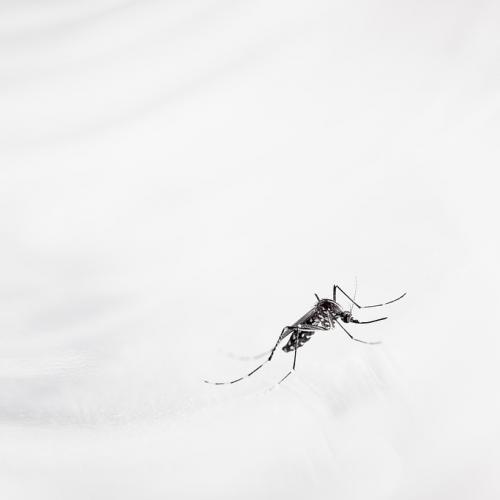


According to the latest guidance from China's top disease control authority, Guangxi, Zhejiang, and three other provinces have been classified as top-tier risk areas for chikungunya fever, alongside Guangdong.
In line with a multi-disease prevention strategy, authorities have assessed the geographic spread and seasonal activity of Aedes mosquitoes. Each of the provincial regions and the Xinjiang Production and Construction Corps has been classified into four risk categories. The highest-risk group (Category I) includes Zhejiang, Fujian, Guangdong, Guangxi Zhuang autonomous region, Hainan, and Yunnan, where mosquitoes are active for longer periods and past outbreaks of locally transmitted dengue have been more frequent, according to the guidance, which was released recently.
The classification will be adjusted dynamically based on changes in transmission risk.
The guidance warns that the mosquito-borne virus could spread under favorable conditions, prompting local governments to intensify surveillance and vector control measures.
Chikungunya fever, caused by the chikungunya virus and transmitted by Aedes mosquitoes, produces a sudden high fever, severe joint pain, and rashes. It does not spread directly from person to person but can be transmitted if a mosquito bites one infected person and later bites someone else. The virus replicates inside mosquitoes for two to 10 days before they can infect another host.
If you have any problems with this article, please contact us at app@chinadaily.com.cn and we'll immediately get back to you.